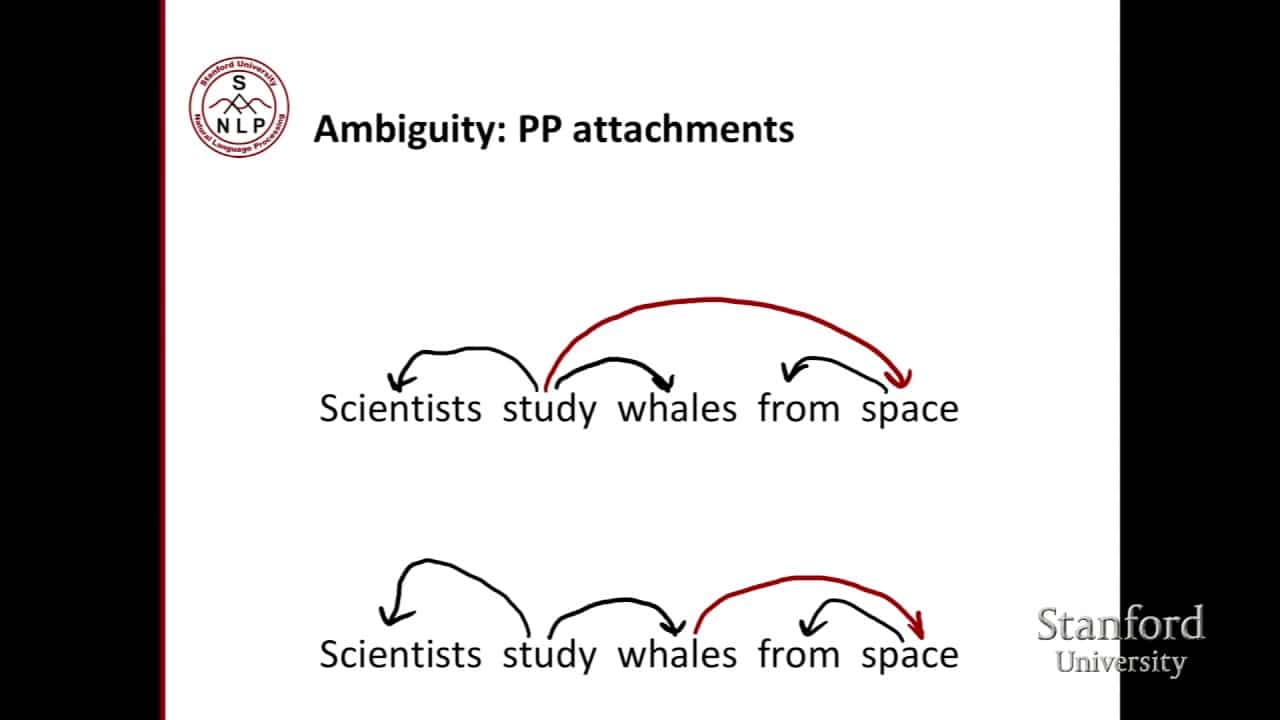Dependency parsing is a natural language processing (NLP) technique used to analyze the syntactic structure of a sentence. It is used to identify the relationship between two words and provides a deeper understanding of the grammatical structure of language.
In dependency parsing, each word in a sentence is individually represented as a “node” in a tree structure known as a parse tree. The nodes are then connected via a dependency relation, which shows the relationship between the words. This is useful for extracting the main idea of a sentence, as well as for understanding how words interact to build sentences.
The main goal of dependency parsing is to obtain syntactic information from a sentence, which is then used for downstream tasks such as text summarization, sentiment analysis, and machine translation. For example, a sentiment analysis system can use dependency parsing to identify and classify words as positive or negative, leading to more accurate predictions of sentiment.
In machine translation, dependency parsing can be used to analyze the source language and build a corresponding translation. As different languages have distinct syntaxes, dependency parsing is used to bridge the gap between source and target languages.
Dependency parsing is an important component of NLP research and is increasingly being used in applications such as automated writing assistance and question-answering systems. As the field of NLP continues to expand, dependency parsing will become an even more important tool.






